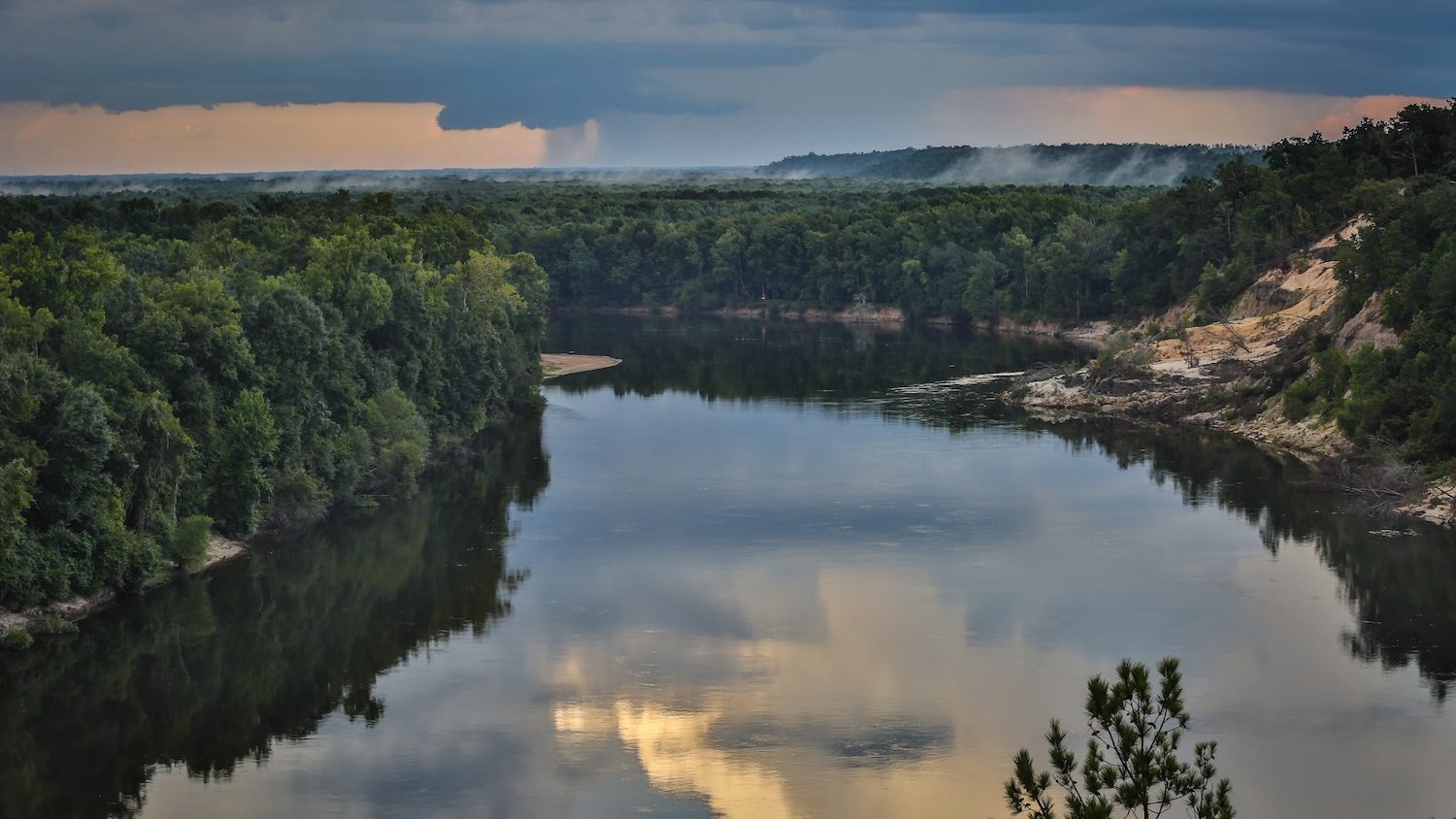For more than 50 years, it’s been a fish with no name.
Ichthyologists have long recognized that a sucker species in the Apalachicola Basin was a separate species, but it was never formally described. A new paper, published in the journal Zootaxa, formally describes the fish as a new species, the Apalachicola redhorse (Moxostoma antelunare).
Redhorses are beefy suckers found in a wide range of rivers in North America, with 23 recognized species in their genus. Robert Jenkins, often referred to as the “sucker king” by ichthyologists and fish nerds, identified additional redhorse species but had not published formal descriptions.
One of those species was the Apalachicola redhorse, which in 1969 Jenkins noted “following extensive study of the genus, it was evident to me that the species was undescribed.”
Jenkins kept extensive files and correspondence related to the Apalachicola redhorse but had not published a formal description of the species.
While completing a master’s degree at Auburn University in 2021, Daniel Akin participated in collecting fish specimens in the Apalachicola River. “That included adult specimens of redhorse in nice condition,” Akin says. “I reached out to Bob Jenkins to see about completing the formal description of the species. He said he didn’t have much time left and wanted someone to finish this.”

Jenkins passed away in 2022. “No matter how uncertain the times, Bob’s legacy of love for redhorses persisted and is a legacy we hope to carry on,” the authors note in the paper’s prologue.
The Apalachicola redhorse, like other redhorse species, has a stocky appearance, the classic sucker mouth and a shiny appearance. It is found only in the Apalachicola River drainage of Florida, Georgia and Alabama and Econfina Creek in the St. Andrew’s Bay drainage of Florida.
“If you’re fishing in the Apalachicola, this redhorse is going to have more of a bulldog head,” says Akin, now a Ph.D. candidate at the University of Louisiana at Lafayette. “It has a really robust body.”
The Nature Conservancy has worked in the Apalachicola basin, including fish conservation projects, since 1982. In fact, the first project I covered for Cool Green Science, was a fish passage project at Woodruff Dam on the Apalachicola. I joined colleague Steve Herrington on an electrofishing trip and was able to handle one of these redhorses.
The species is believed to be fairly common, as it is collected regularly in fish surveys. But there is still much to learn about the Apalachicola redhorse.
“It’s hard to conserve a species with no name,” says Akin.

Akin hopes the new species designation will bring more attention to this unique species, found only in one river basin. “Naming a species isn’t about claiming territory. It’s a celebration,” says Akin. “I hope people get more excited about these fish and where they are found.”
There’s a growing interest in redhorses in other suckers among anglers and naturalists. Long derided as “rough fish” or “trash fish” based on outdated cultural attitudes and folklore, suckers are now recognized as being cool native fishes and often keystone species in freshwater ecosystems.
And they are great game fishes. I’m a sucker fanatic; each spring I’m on my local creek targeting largescale suckers. I travel around to catch new species. I’m not alone. They’re hard fighting fishes, often wary and, to my eye, quite striking creatures.
Akin believes this subculture of native fish anglers and naturalists can generate more attention to the Apalachicola redhorse and other sucker species yet to be described. He is planning an Apalachicola redhorse jamboree for next year to celebrate the species.
“I hope it draws the sucker fanatics and lifelist anglers,” he says. “It would be cool for the new state record Apalachicola redhorse to be caught at the event. And hopefully the attention gets the local community excited about this special fish.”




We have a species of sucker here in Wisconsin being over looked as just a white sucker in it’s spawning colors. It’s what I call the gold striped sucker which I only find in the Oconto River. I to love fishing for suckers of all species. I have traveled extensively all over the state fishing for them each spring of the new year.